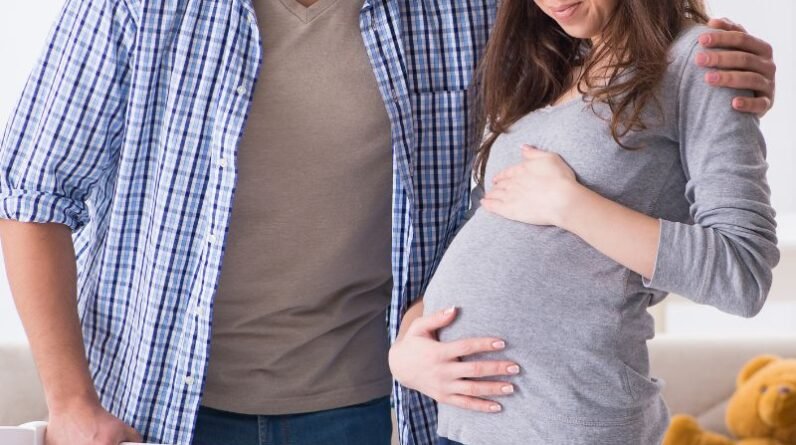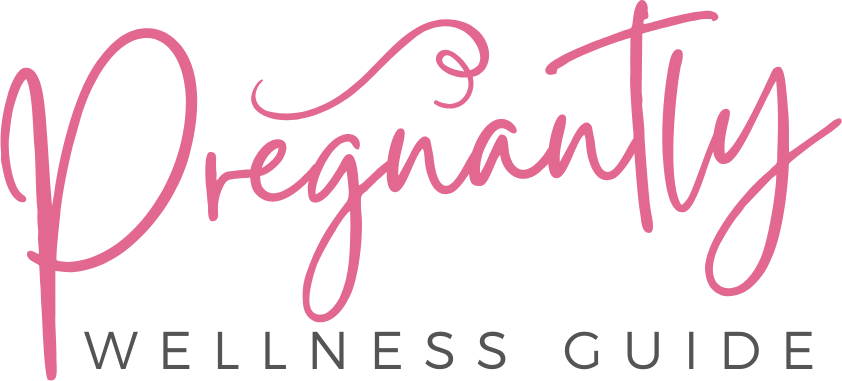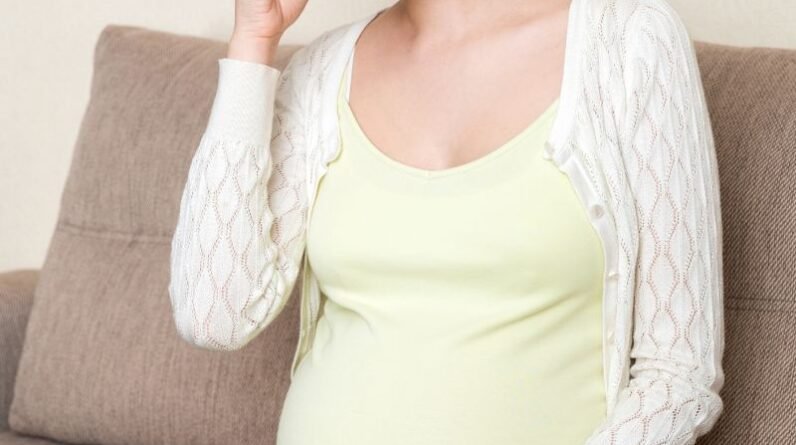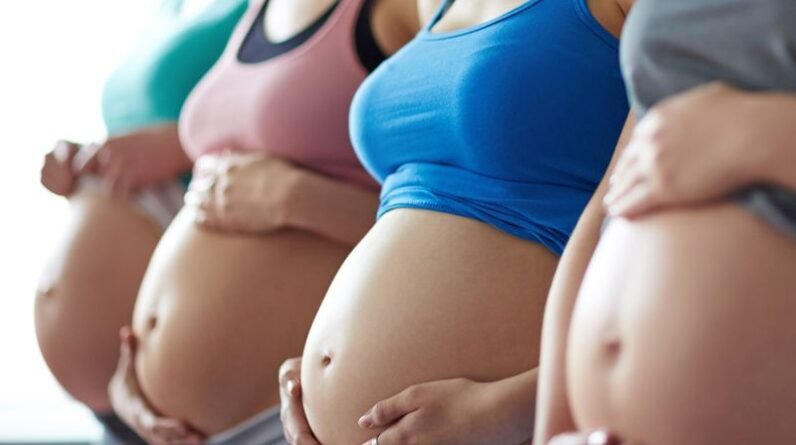
As expectant parents, let’s make our home safe for our baby. Check the crib’s safety standards, slat spacing, and mattress fit. Remember to lay baby on a firm mattress on their back. Equip your home with essential gear: crib, diapers, baby clothes, car seat, and baby monitor. Babyproof with safety gates, secure furniture, and outlet covers. Create a safe sleep space with no soft bedding and promote airflow. Organize the nursery with essential furniture and maximize storage. Stock up on diapers, wipes, and feeding supplies. Choose a pediatric provider wisely. Guarantee your baby’s safety and comfort with these practical tips.
Nursery Safety Guidelines
Ensuring a safe nursery environment for your baby is essential for their well-being and your peace of mind. When it comes to crib safety, always make sure that the crib meets federal standards, with slats spaced appropriately to prevent entrapment. Moreover, the mattress should fit snugly in the crib, leaving no gaps that could pose a risk to your little one.
Keep an eye on the corner post height as well; they shouldn’t exceed 1/16 inch to avoid any potential clothing entanglement. For a safe sleeping environment, remember to lay your baby on their back on a firm mattress without any soft bedding or toys. These simple precautions can go a long way in providing a secure space for your baby to rest peacefully.
Essential Baby Gear Checklist
Let’s make sure we’ve all the essential baby gear ready before the arrival of our little one. A crib or bassinet, diapers, wipes, baby clothes, and a car seat are must-haves.
Don’t forget a reliable baby monitor for constant supervision. Stock up on breast milk storage bags and dummies for feeding and soothing.
Guarantee a safe environment by baby-proofing outlets and regularly sanitizing baby items. These steps are vital for your baby’s well-being.
Remember to keep important contacts handy in case of emergencies. By having all the necessary gear prepared, we can welcome our baby into a secure and comfortable environment.
Babyproofing Your Home
To guarantee a safe environment for our little one, we must take proactive steps to babyproof our home. Install safety gates at staircases to prevent falls, secure heavy furniture to avoid tipping hazards, and cover electrical outlets with safety plugs to prevent shocks.
Keep choking hazards out of reach by using childproof locks on cabinets and make sure window coverings are cordless to prevent strangulation risks. It’s important to assess every room for potential dangers and address them accordingly.
Creating a Safe Sleeping Environment
For a secure and peaceful night’s rest, prioritize creating a safe sleeping environment for your baby. To guarantee your little one sleeps soundly and safely, follow these essential guidelines:
1. Place your baby on their back: This reduces the risk of Sudden Infant Death Syndrome (SIDS).
2. Remove soft bedding: Prevent suffocation hazards by keeping pillows and toys out of the crib.
3. Consider a wearable blanket or sleep sack: Avoid loose blankets that could cover your baby’s face.
4. Keep the head uncovered: Promote airflow and prevent overheating during sleep.
Organizing the Nursery Room
When organizing the nursery room, focus on creating a functional and serene space for your baby to thrive.
Start by clearing out and cleaning the room using the Three-Box Method for decluttering. Set up essential furniture like a cradle, crib, dresser, and rocking chair to provide comfort.
Guarantee safety by implementing babyproofing measures such as securing furniture and covering electrical outlets. Maximize storage space by using hanging storage shelves in the closet for organizing your baby’s clothing and essentials.
Designate specific areas in various rooms for easy access to baby items like diapers and toys. By following these steps, you can create a well-organized and safe environment in your baby’s nursery.
Stocking Up on Baby Essentials
As we guarantee the nursery room is well-organized and safe for our baby, it’s important to start stocking up on essential items that will make caring for our little one more convenient and efficient. Here are some key items to contemplate:
1. Diapers: Stock up on an ample supply of diapers in various sizes to keep your baby dry and comfortable.
2. Wipes: Have plenty of baby wipes on hand for quick and easy cleanups.
3. Nursing Supplies: Ensure you have all the necessary supplies if you plan to breastfeed, including nursing pads and a comfortable nursing pillow.
4. Feeding Bottles: Even if you’re breastfeeding, having feeding bottles and formula ready provides flexibility when needed.
Finding the Right Healthcare Provider
To guarantee the best care for your newborn, choosing a healthcare provider specializing in pediatric care is essential. When selecting a provider, consider factors such as location, availability, and communication style.
It’s important to make sure that the healthcare provider accepts your insurance and is affiliated with a reputable hospital. Seeking recommendations from friends, family, or online reviews can help you find a trusted healthcare provider.
Schedule prenatal visits to meet with the provider and discuss their approach to newborn care. By taking these steps, you can feel confident in the healthcare your newborn will receive and be better prepared to welcome your little one home.
Conclusion
To sum up, preparing your home for your new arrival is like planting seeds in a garden – with care and attention, you’ll watch your little one bloom and grow in a safe and nurturing environment.
Remember, it’s all about creating a space filled with love, comfort, and readiness for your baby’s arrival. Trust in your instincts, follow these practical tips, and soon enough, your home will be transformed into a haven for your newest family member.







